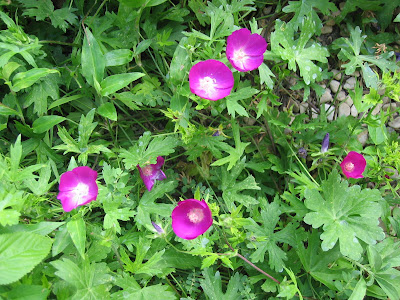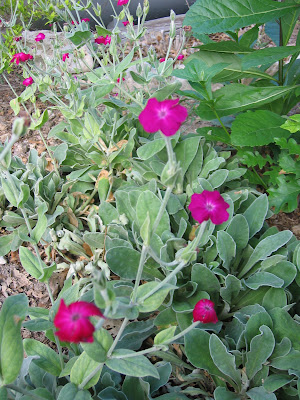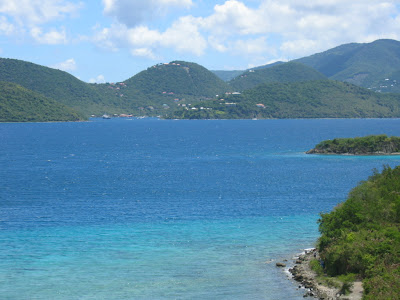Although I have not be able to find out any info on this important moment, in 1820 the tomato was supposedly proved nonpoisonous.
 The tomato is native to South America but it appears the Aztecs were the first to actually cultivated it. We even get the name tomato from them, "tomatl." A member of the nightshade family, it is related to potato, eggplant, tobacco, chili peppers and the poisonous (and hallucinogenic) belladonna. It was probably Cortez who brought the tomato to Spain and the Mediterranean. It was being cultivated there by 1540, and by 1692 turned up in recipes. With Spain's expansion into the world the tomato made it's way into Asia. With all that evidence of being edible you'd think the English and other Europeans would have gotten that it wasn't poisonous. Sometimes those Europeans are kind of slow. It was actually being cultivated in England by the 1590s but, because of it's family background, was only used for decorative purposes. However by the mid 1700s even the British had taken to eating tomatoes. Thomas Jefferson grew them after the Revolution and they showed up in New Orleans around 1812. But it was probably the arrival of Italians into the U. S. that put the tomato on the map, returning it to it's native hemisphere after several hundred years wandering the world. Only then did it find a lasting and endearing place in North American cuisine. Did you know the leaves of the tomato are poisonous?
The tomato is native to South America but it appears the Aztecs were the first to actually cultivated it. We even get the name tomato from them, "tomatl." A member of the nightshade family, it is related to potato, eggplant, tobacco, chili peppers and the poisonous (and hallucinogenic) belladonna. It was probably Cortez who brought the tomato to Spain and the Mediterranean. It was being cultivated there by 1540, and by 1692 turned up in recipes. With Spain's expansion into the world the tomato made it's way into Asia. With all that evidence of being edible you'd think the English and other Europeans would have gotten that it wasn't poisonous. Sometimes those Europeans are kind of slow. It was actually being cultivated in England by the 1590s but, because of it's family background, was only used for decorative purposes. However by the mid 1700s even the British had taken to eating tomatoes. Thomas Jefferson grew them after the Revolution and they showed up in New Orleans around 1812. But it was probably the arrival of Italians into the U. S. that put the tomato on the map, returning it to it's native hemisphere after several hundred years wandering the world. Only then did it find a lasting and endearing place in North American cuisine. Did you know the leaves of the tomato are poisonous?In 1838 Queen Victoria was crowned.
In 1939 Pan Am (how many of you remember Pan Am or actually flew Pan Am? I do and did) opened a transatlantic route. On an interesting side note, Charles Lindbergh flew around the Caribbean and Latin America in 1927. He landed in Puerto Rico. My mother, age 10, was taken by her father to the place he landed and she got to see his plane. I don't think she got to see him. Lindbergh also landed on St. Thomas. In fact the place he landed is where the airport is and the beach next to it is called Lindbergh Beach.
In 1967 George Harrison was fined for speeding. Such a wild and crazy guy.
Other people who were born on this day include, Henry VIII, Mel Brooks, Gilda Radner and John Cusack (such a cutie.)
Happy Birthday to us.




.jpg)


.jpg)



























